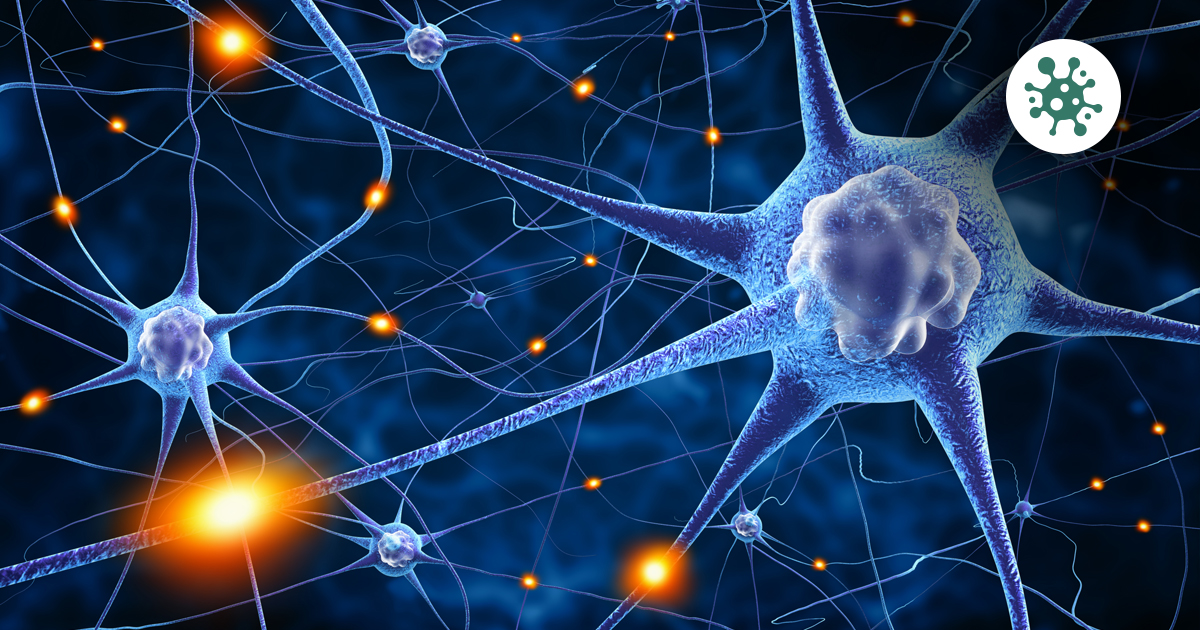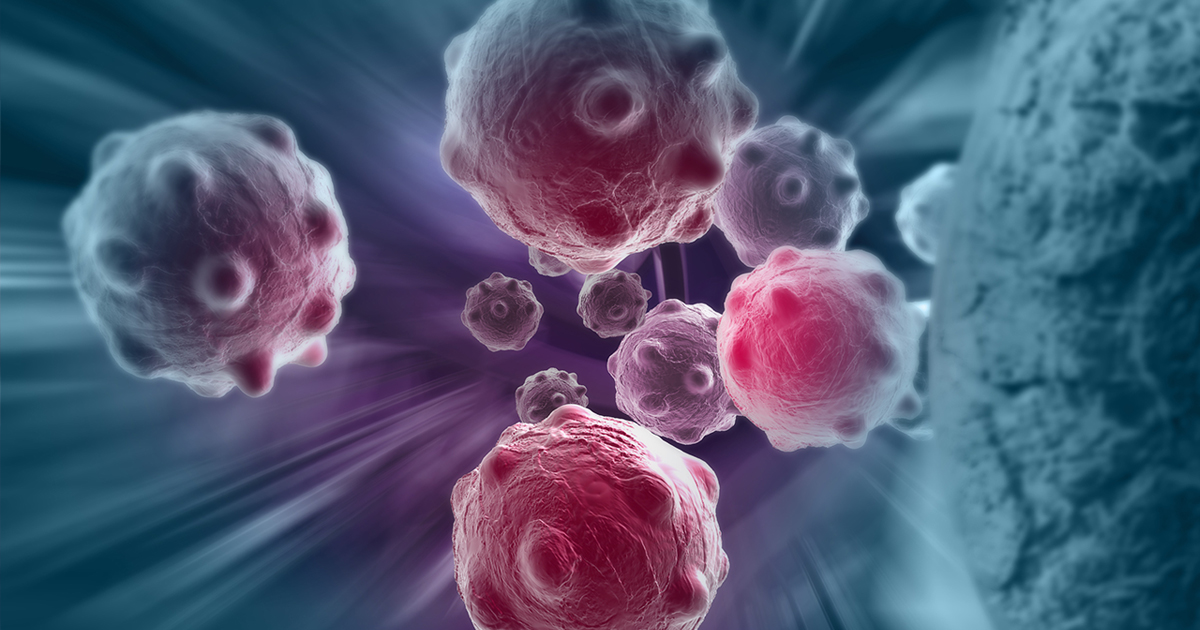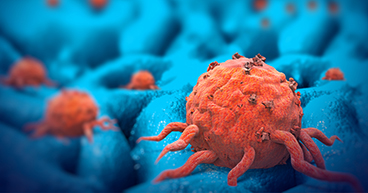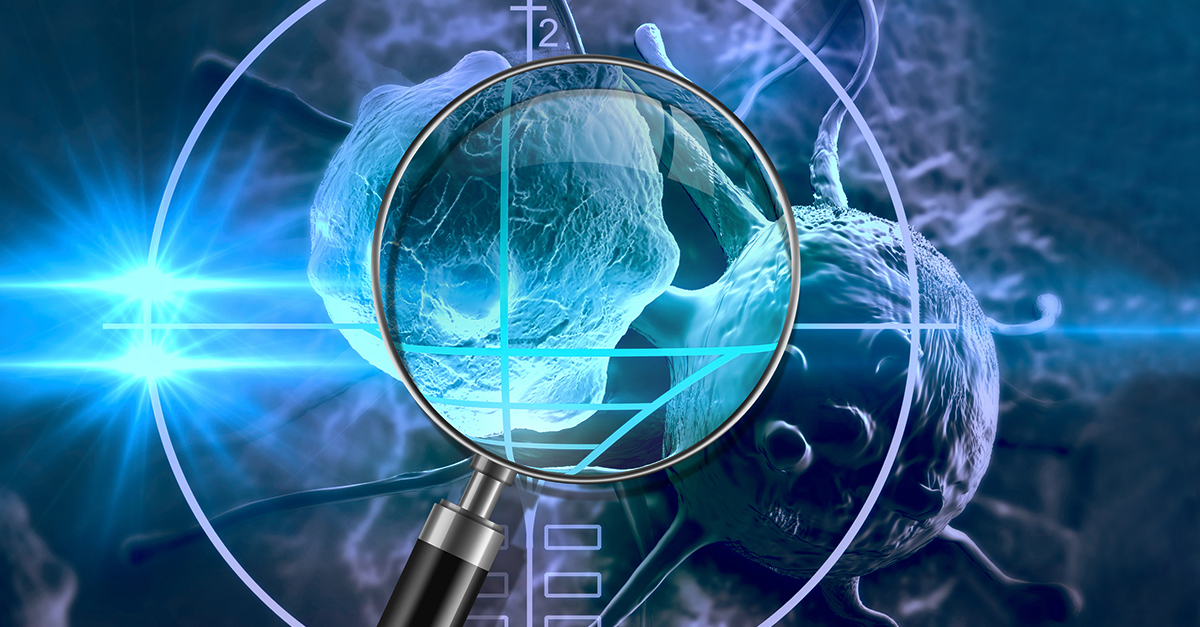
The human body functions in large part because of billions of chemical signals sent between and inside cells. Healthy cells exchange signals to regulate the immune system, help muscles and organs function, and perform an endless list of biological tasks. These signals also dictate how cells grow and divide, and when they shut themselves down to make room for new, healthy cells (called apoptosis)—critical processes that determine everything from how the body heals a skinned knee to how the skin ages to how the brain processes pain.
This constant communication is so fundamental to the body’s health and development that when cellular signals go awry, the interference may cause a number of conditions or diseases, such as diabetes—or cancer. In fact, researchers have concluded that many cancers form when these signals are disrupted, diverted or used for other, more harmful uses. These evolving insights have become a key focus of research that has led to a new and emerging line of cancer treatments.
As scientists learn more about how cellular signals work, and what happens when they get mixed up, they have found that intercepting broken cancer cell signals may help the body fight the disease. Some drugs, for instance, are designed to block the signals cancer cells send to evade the immune system. In other cases, cancer cell signaling remains a mystery, and a strong focus of future research. "We have a great deal to learn about the complexities of cell signaling, evasion of apoptosis, and other mechanisms of cell growth and regulation," says Dr. Pamela Crilley, Chair of the Department of Medical Oncology at Cancer Treatment Centers of America® (CTCA) and Chief of Medical Oncology at our hospital in Philadelphia. "At the same time, there have been important advances in the fields of biology, oncology and immunology that may translate the scientific findings into treatments."
Getting the message
A cell receives messages through receptors on its surface. Receptors are like cellular satellite dishes that receive chemical signals via protein molecules, or ligands, from other cells. When a ligand reaches a receptor, it sets off a chain reaction that allows the signal to penetrate the cell surface and reach the thick fluid inside, called cytoplasm. Once inside the cell, the message passes from one enzyme to another along a signaling pathway until it reaches its destination— the nucleus, where every cell’s DNA resides. The cell then carries out the instructions encoded in the signal.
In a given day, the body's cells send and receive billions of signals. In some cancer cells, the signals sent to regulate growth or initiate apoptosis get short-circuited, resulting in rapid cell growth that may lead to tumors. For instance, human epidermal growth factor receptor 2 (HER2), found on the surface of normal cells, sends signals that help cells grow. In some breast cancer patients, cells produce too many HER2 receptors, creating an overload of signals that may cause uncontrolled growth.
Overriding key signals
While healthy cells communicate to divide and thrive, cancer cells may take over those signaling pathways and use them in harmful ways—to help them grow and metastasize, for example. One of the body’s earliest and most important signaling pathways is called hedgehog. Most active before we are born and during childhood, the hedgehog pathway transmits a diverse set of instructions that tell the body how to develop and maintain our organs, skin and bones. As we enter adulthood, the hedgehog pathway all but shuts down—unless it gets turned back on by cancer cells. Once active, the signaling pathway that once helped the body mature as we grew up may now be used to help tumors spread. Scientists in California have linked the reactivation of the hedgehog pathway to gastrointestinal stromal tumors, while researchers in North Carolina have concluded that one of the signals that reactivates the pathway "has been implicated in many human cancers that account for up to 25 percent of human cancer deaths."
If cellular communication is key to helping some tumors develop, it may also be used to reverse the behavior—and kill the cancer in some instances, scientists believe. Developing drugs designed for a specific receptor, ligand or pathway is at the root of some targeted therapies, used to treat a number of cancers. These drugs are designed to disrupt cell communication by:
- Targeting the ligand so it cannot communicate with the receptor. For instance, bevacizumab (Avastin®), used to treat colorectal, breast, kidney and non-small cell lung cancers, as well as some brain tumors, attempts to prevent a specific protein from binding to a receptor that triggers growth signals, aborting the communication that helps the cancer grow and thrive.
- Targeting the receptor. Trastuzumab (Herceptin®), for instance, one of the most commonly prescribed drugs for HER2-positive breast cancer, is designed to target defective HER2 proteins receptors and block growth signals.
- Targeting the signaling pathway inside the cell. When a receptor is activated, it triggers an enzyme known as a tyrosine kinase, which acts as an on-off switch for many cell signals. Tyrosine kinase inhibitors such as erlotinib (Tarceva®), used to treat some non-small cell lung cancers and pancreatic cancers, are designed to keep that switch in the off position.
The hope is that finding new ways to tap those communications and learning more about the intricacies of signaling pathways will help cancer researchers develop new cancer therapies, Dr. Crilley says. "Research into the details of signaling pathways," she says, "may provide scientists with insights into novel drug therapies that may have an important impact."
In the search for better treatments and prevention strategies, scientists are learning more about how cancer grows and survives, even in the most hostile environments. This blog is an installment in an occasional series called “How does cancer do that?” designed to shine a spotlight on newly discovered cancer behaviors that add to our growing understanding.


